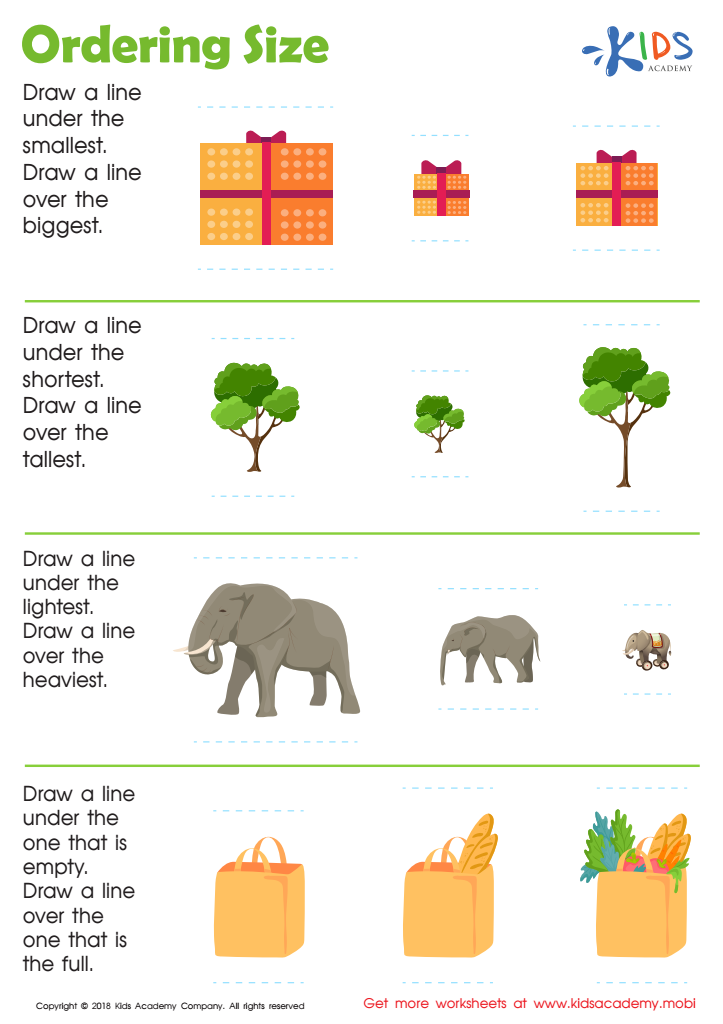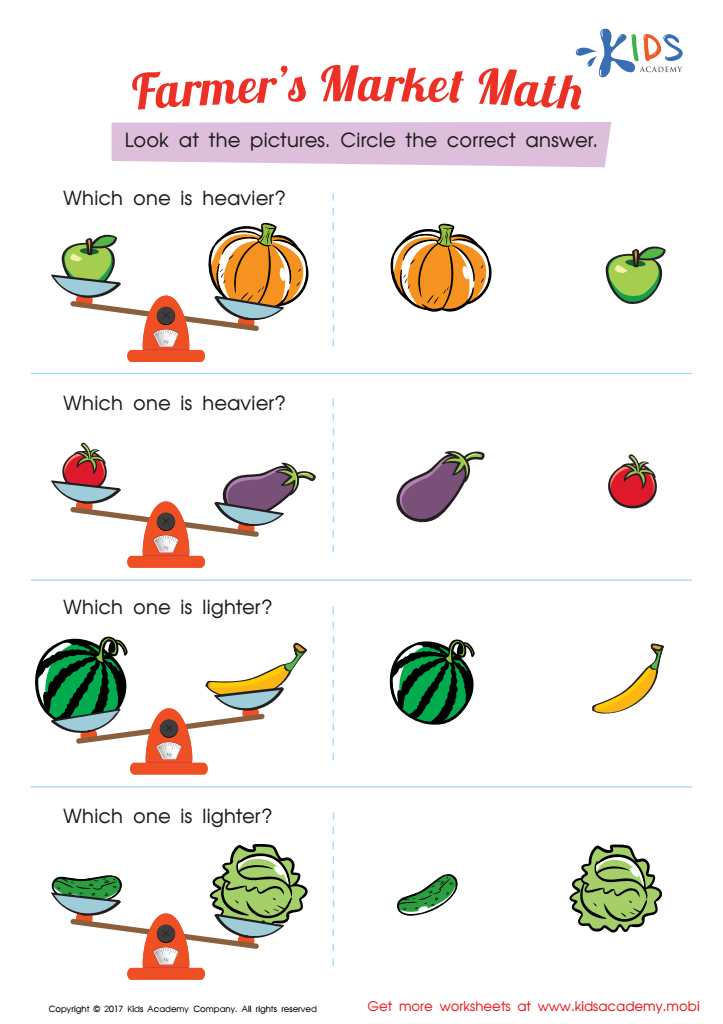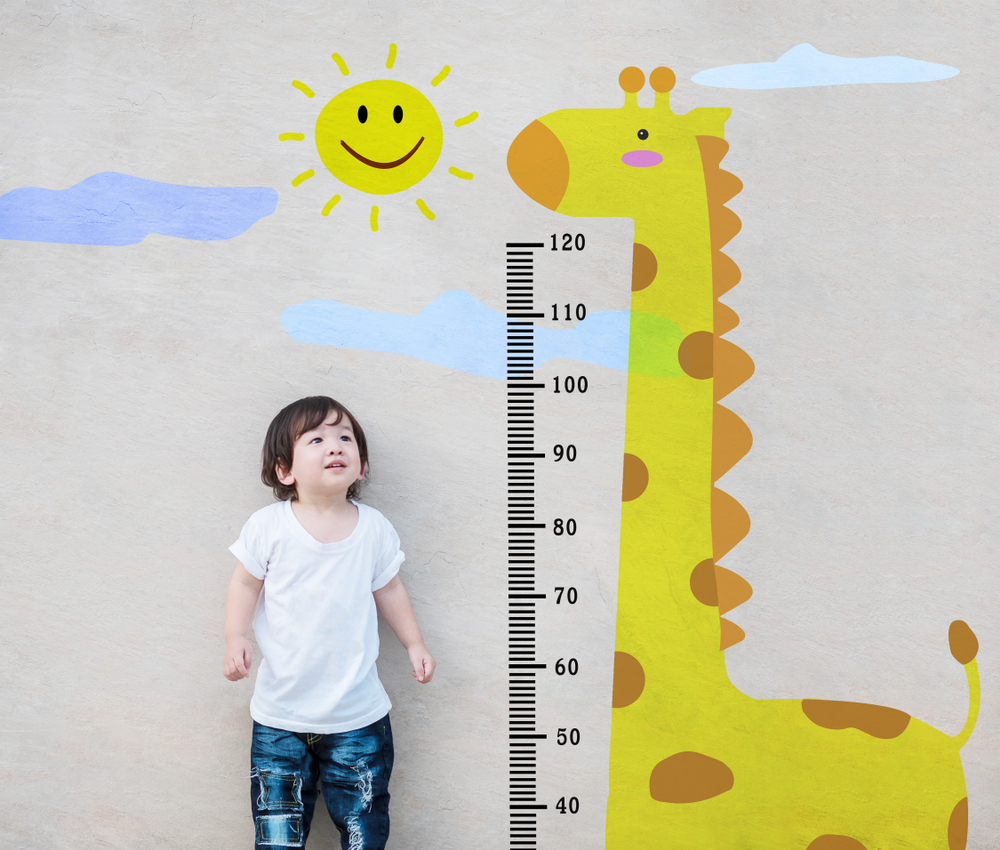Comparing objects Measurement Worksheets for Ages 5-7
3 filtered results
-
From - To
Discover our engaging "Comparing Objects Measurement Worksheets" designed specifically for children aged 5-7! These worksheets help young learners explore the fundamentals of measurement by comparing various objects in terms of size, length, and weight. Through fun activities and interactive exercises, kids will develop essential mathematical skills alongside critical thinking. Each worksheet presents relatable objects, making learning accessible and enjoyable. Ideal for classroom use or at-home practice, these resources ensure your child gains a solid understanding of measurement concepts. Empower your little ones to become confident problem solvers and enhance their learning journey with our thoughtfully crafted worksheets today!


Ordering Size Worksheet


Which One Is Heavier Worksheet


Heavier or Lighter? Worksheet
Comparing objects measurement plays a crucial role in early childhood education, particularly for children aged 5-7. During this developmental stage, children begin to build foundational math skills and engage with the world around them through exploration and inquiry. Understanding measurement helps them grasp essential concepts such as length, weight, and volume, fostering critical thinking and problem-solving abilities.
When parents and teachers facilitate activities that involve comparing objects—such as evaluating which is longer, heavier, or holds more—children enhance their observational skills and learn to classify items based on measurable attributes. This not only cultivates numerical literacy but also allows them to make connections to everyday life, such as choosing the right container for a shopping list or determining how much space they need for their toys.
Moreover, engaging in measurement activities can enhance fine motor skills and encourage teamwork when done in groups. This hands-on learning makes math fun and relevant. By nurturing their curiosity and understanding of measurement, parents and teachers provide essential tools that contribute to children's overall cognitive development, laying the groundwork for more advanced mathematical concepts in the future. Ultimately, investing time in measuring activities empowers children to engage more meaningfully with their surroundings.
 Assign to My Students
Assign to My Students





















